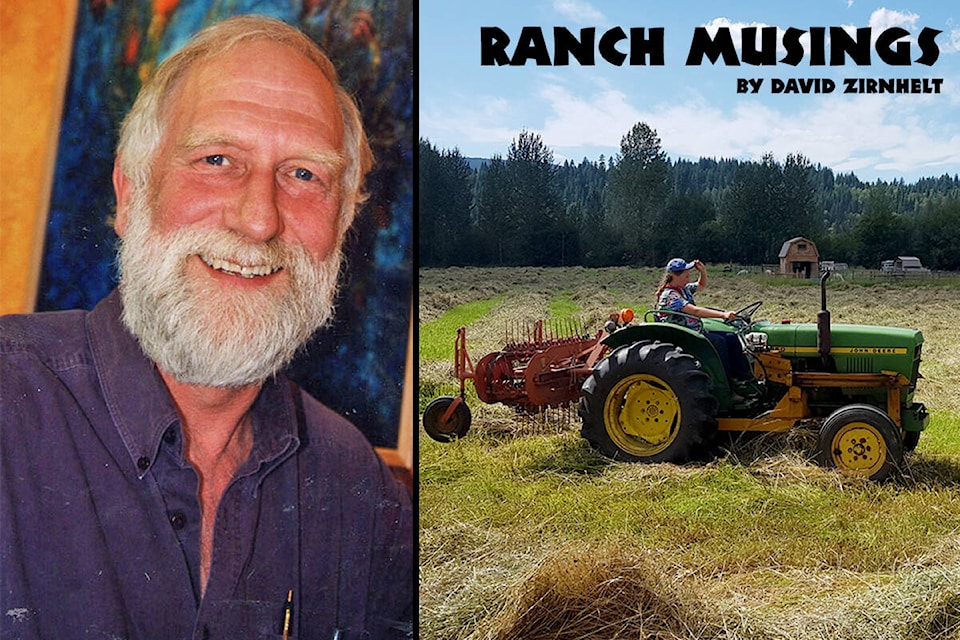Over a decade ago, some of us at the Grasslands Conservation Council of BC, including researchers at Thompson Rivers University, sought to bring a focus to the benefits of improved management of the grasslands of British Columbia.
Research literature had shown additional carbon being sequestered by careful management of cattle, especially using long rest periods after somewhat intensive grazing where cattle were pastured in a defined area (management Intensive Grazing).
A project involving a half dozen ranches in the Central Interior (Cariboo Chilcotin) measured the effects on carbon storage of this conservation grazing.
When the Ministry of Agriculture, with the support of the Cariboo Regional District, engaged producers across the spectrum of agriculture, to plan out some applied research activities which would make our sector more resilient to climate change impacts. Those so engaged, identified a number of top priorities to demonstrate beneficial actions.
One such project was to further the capacity for regional-based trials and demonstrations. The over 50 producers and agriculture stakeholders planned out a partnership of producers, local post-secondary institutions, governments and First Nations organizations. We together developed a strategic plan based on input from actual farmers and ranchers.
Our proposal to government has yet to be responded to which is disappointing because we are at risk of being swallowed up in ever larger institutions.
As we know, to find the truth in results of experimentation there must be replication of the trials in various situations: climate influences are varied and we don’t always know the effects of these changes.
Take this year as an example. We had a significant drought eventually followed by considerable rain. Our cattle came in off the range (higher elevation than most of our hayfields) quite fat. So, there was enough moisture to grow forage in the range.
However, our hay crops were short this year, and the regrowth on the home fields and pastures was varied. I have been walking our pastures looking for patterns. I know where we fed cattle hay (balegrazing) in late winter and early spring, the resultant fertility and retained moisture from residue resulted in good available grazing.
On the other hand, the regrowth on hayfields even with earlier than normal harvesting, was not what we expected. Despite rain, there was no significant second cut to be had. Hence the forage shortage persists.
Some good news, but scaled up from our region, is an initiative under the leadership of the BC Agriculture Council and the Investment Agriculture Council to secure funding from Agriculture and Agri-food Canada to have funding for five years to do more on-farm research and demonstration projects which are designed to adopt certain Beneficial Management Projects.
True to a number of local initiatives (fire preparedness, irrigation dam maintenance, matching range resources to available water for livestock) our efforts regionally get rolled up to organizations not under our control regionally.
Good on us for showing leadership, but we surely must hope that our collaboration will reap benefits locally. Time will tell. My hope is that the results of a decade of efforts by producers and researchers will be effective. Our climate needs us all to be effective to keep our food producing lands viable.
David Zirnhelt is a member of the Cariboo Cattlemen’s Association and chair of the advisory committee for the Applied Sustainable Ranching program which started at Thompson Rivers University in Williams Lake.
Read More: Reconciling life on the land
Do you have a comment about this story? email:
editor@wltribune.com
Like us on Facebook and follow us on Twitter.
